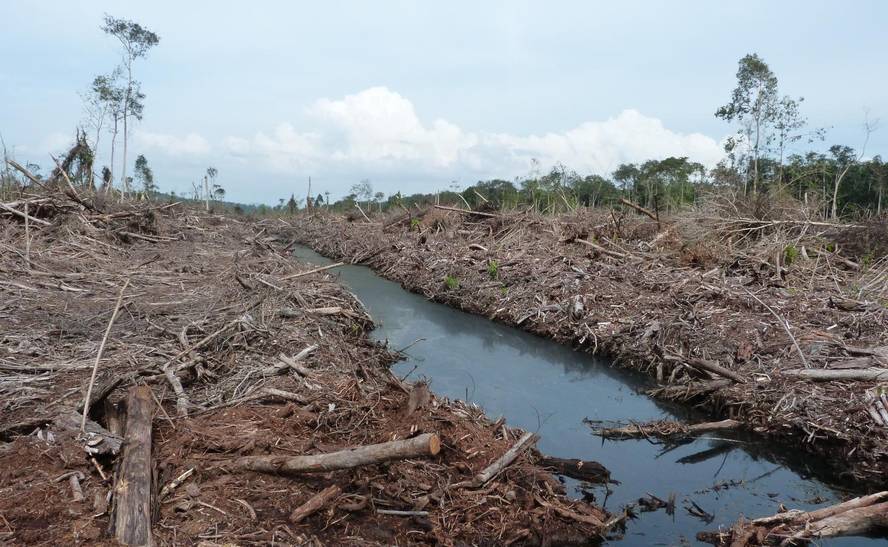Palm oil production is increasingly harmful to the environment

According to a new study, the preparation of land for palm oil production in swampy forests and the growth of young palm trees have a far greater environmental impact than mature plantations until greenhouse gas emissions are doubled. The results of the research have been published in the journal Nature Communications.
Palm oil is the most consumed vegetable oil in the world. Demand has tripled in the past eighteen years, from 20 million tons in 2000 to over 70 million tons in 2018. Malaysia is the second largest producer in the world. Their palm growers have avoided swampy forests because of the great preparatory work they demanded. But as the land has been shrinking, it has become common to drain swampy forests and plant palm trees. This new research has shown that this is an important cost to the environment.
The drainage of these tropical peatlands represents an increase in the level of soil oxygen, which increases the rate of decomposition of organic matter, leading to high CO2 emissions in drained peatlands, as well as other gases with a much higher greenhouse effect (CH4 and N2O8). The researchers estimate that the greenhouse gas emission that is causing the conversion of forest swamps into palm plantations could represent a quarter of the emission in Malaysia.





